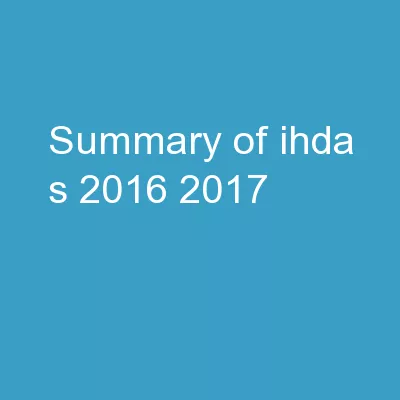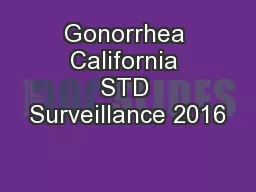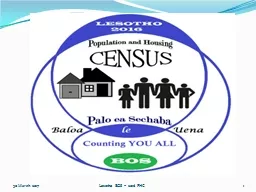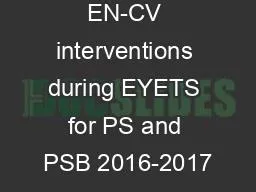PPT-Summary of IHDA’s 2016-2017
Author : mitsue-stanley | Published Date : 2018-12-12
Draft QAP Changes IHC Networking Luncheon President Lincoln Hotel Springfield IL September 15 2015 Andrea Traudt Inouye Executive Director IHDA Comment Process Comments
Presentation Embed Code
Download Presentation
Download Presentation The PPT/PDF document "Summary of IHDA’s 2016-2017" is the property of its rightful owner. Permission is granted to download and print the materials on this website for personal, non-commercial use only, and to display it on your personal computer provided you do not modify the materials and that you retain all copyright notices contained in the materials. By downloading content from our website, you accept the terms of this agreement.
Summary of IHDA’s 2016-2017: Transcript
Download Rules Of Document
"Summary of IHDA’s 2016-2017"The content belongs to its owner. You may download and print it for personal use, without modification, and keep all copyright notices. By downloading, you agree to these terms.
Related Documents














